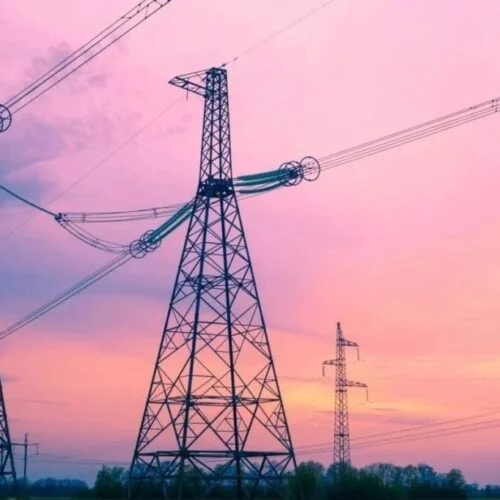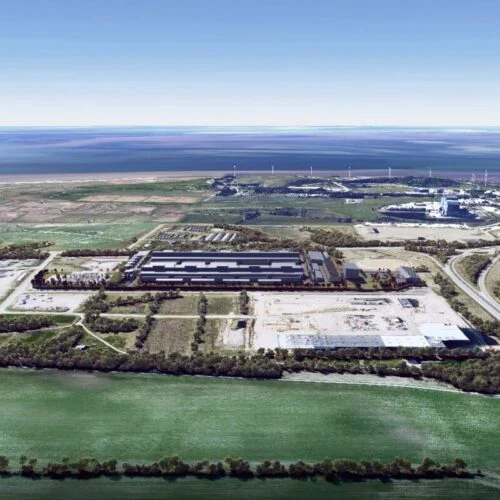Energy minister Michael Shanks will detail the UK government’s progress in achieving Clean Power by 2030, six months on from the launch of its Action Plan.
Ministers, industry leaders and renewable energy experts are due to take the stage next week at Solar Media’s Clean Power 2030 Summits.
Across the three co-located summits, the UK Solar Summit, the Wind Power Finance & Investment Summit and the Green Hydrogen Summit, these are some of my agenda highlights.
After the ministerial keynote from Shanks at the start of day one, the Scottish government’s director of offshore wind Michelle Quinn will speak on offshore wind and Scotland’s roles in Clean Power 2030.
To achieve the target capacity of up to 35GW by 2030, offshore wind generation will have to double in just the next two years. Scotland’s North Sea industry is undergoing a huge transition to support the influx of wind generation off the nation’s coast and I think it will be interesting to hear how the government is reckoning with that responsibility.
It’s fairly impossible to discuss Scottish generation without also looking at curtailment costs and the possible solutions to preventing them; whether government representatives are willing to go into it or not, the panel on the financial impact of the review of electricity market arrangements (REMA), zonal pricing and market reform will surely be fiery.
With speakers from Octopus Energy, vocally pro-REMA, and the previously pro-national reform InfraRed Capital Partners, what has been described as a vicious policy fight within the industry will be put to the practical test in addressing the specific financial implications for wind project economics and financing.
Rosalind Maxwell-Smith will moderate that panel, and teased her view on REMA in the webinar hosted by Solar Power Portal last week. I’d also recommend hearing her speak on a panel in the solar stream on day one of the event, ‘NSIP Nation: Lessons from the Frontlines of Energy Infrastructure’.
Lowering hydrogen production costs and bridging the skills gap
One way of maximising the use of offshore wind generation to avoid curtailment is co-location with hydrogen production facilities. Particularly in areas like heavy industry and aviation green hydrogen is seen as the best solution for decarbonisation but the energy-intensive nature of electrolysis production presents a major barrier.
A panel on day two of the Hydrogen Summit will address this, with representatives from Statkraft, ScottishPower and Grenian Hydrogen.
That will lead nicely into a day two discussion, ‘Addressing the UK’s Renewable Energy Skills Gap’. This is particularly prescient in the aftermath of the publication of the UK government’s Industrial Strategy, within which there is a pledge to spend an additional £1.2 billion annually on skills by 2028-29 and deliver more learning opportunities in high-growth sectors through the Growth and Skills Levy.
The government’s strategy also states that the Office for Clean Energy Jobs will publish a Workforce Strategy later this year.
I’m interested to hear more from Solar Energy UK’s Gemma Grimes when she moderates the panel, especially since the solar trade association launched a skills and training arm itself earlier this year.
On day two of the event, look out for the Clean Power Post, a print newspaper summarising day one of all three summits and featuring some other exclusive content written before the event.
There is still time to book a ticket for the Clean Power 2030 Summits here, and use code SPP20 for a discount!





